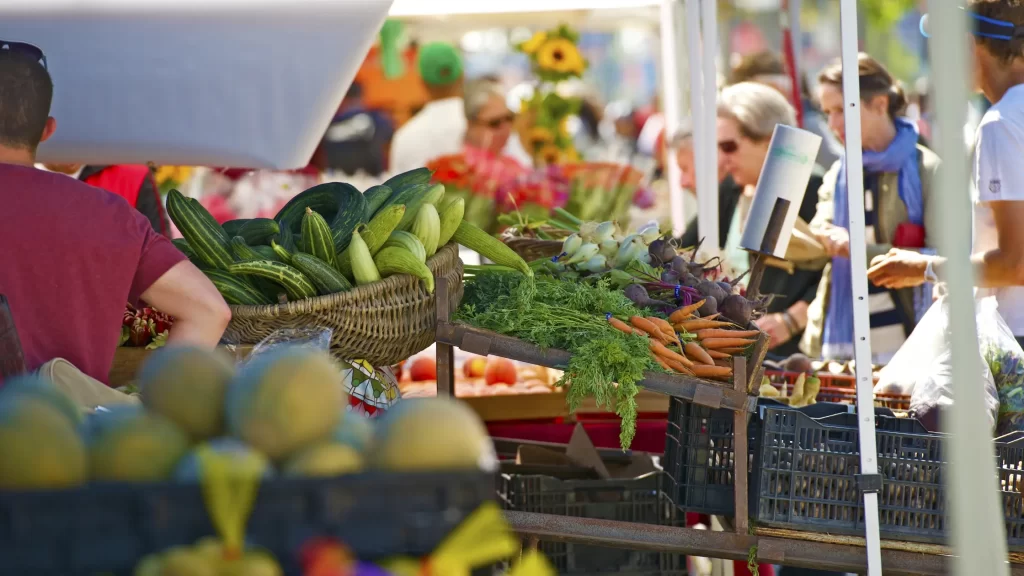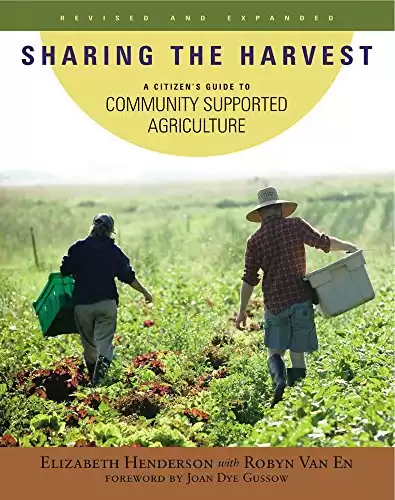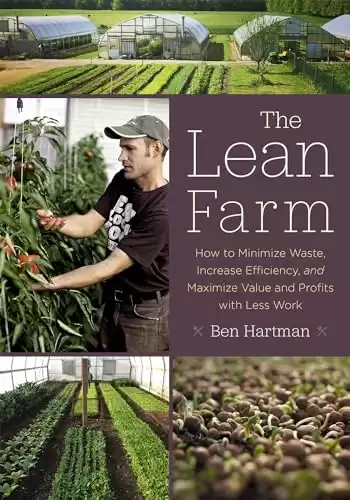Cultivating Community and Sustainability
Community Supported Agriculture (CSA) programs have emerged as a powerful force in transforming the way we think about food production, distribution, and consumption. These programs bridge the gap between farmers and consumers, fostering a sense of community and promoting sustainable practices. We’ll delve deep into the idea behind CSA, explaining both how they work and the myriad benefits they bring to farmers and consumers alike. After this, you’ll have a clear concept of what CSA is and how it could operate in your local area.
Table of Contents
ToggleUnderstanding CSA Programs

CSA programs operate on a simple yet revolutionary principle: consumers invest in a local farm by purchasing a share of its produce in advance. In return, they receive a regular supply of fresh, seasonal produce directly from the farm throughout the growing season. This model not only provides farmers, including the crucial role of the Greenhouse Manager, with much-needed financial support upfront but also establishes a direct connection between producers and consumers
How CSA Programs Work:
Membership
Consumers sign up for a CSA program by becoming members of a local farm. Memberships often come in the form of shares, representing a portion of the farm’s produce.
Payment
Members pay an upfront fee at the beginning of the growing season, providing farmers with the capital needed for seeds, equipment, and other essential expenses.
Seasonal Deliveries
Throughout the growing season, members receive regular deliveries of fresh, locally grown produce. The variety of items in each delivery reflects the seasonal offerings of the farm.
Shared Risks and Rewards
CSA members share in the risks and rewards of farming. If a crop fails due to unforeseen circumstances, members understand that farming involves uncertainties. Conversely, if the harvest is bountiful, members enjoy a surplus of fresh, high-quality produce.
Discover the heart of Community Supported Agriculture (CSA) with 'Sharing the Harvest: A Citizen's Guide.' This book unravels the simple yet revolutionary principles of CSA programs, where consumers invest in local farms, fostering a direct connection with fresh, seasonal produce. From membership to shared risks and rewards, it's your guide to embracing the sustainability and community spirit of CSA practices.
Benefits for Farmers:

Financial Stability
CSA programs provide farmers with a stable income at the beginning of the season, reducing the financial uncertainties that often accompany agriculture.
Direct Market Access
By selling directly to consumers, farmers eliminate the need for intermediaries, such as distributors and retailers, allowing them to retain a larger share of the profits.
Community Support
The direct relationship with CSA members fosters a sense of community support, with members invested in the success of their local farm.
Enhance your farming journey with 'The Lean Farm: How to Minimize Waste, Increase Efficiency, and Maximize Value and Profits with Less Work.' This insightful guide aligns with the principles outlined in 'Benefits for Farmers,' offering strategies to achieve financial stability, direct market access, and community support. Learn how to minimize waste, increase efficiency, and maximize profits, empowering farmers to navigate the uncertainties of agriculture with confidence.
Benefits for Consumers:

Fresh, Seasonal Produce
CSA members enjoy a steady supply of fresh, seasonal produce, often harvested at its peak flavor and nutritional value.
Connection to Local Agriculture
Participating in a CSA program connects consumers to the local food system, promoting awareness of where and how their food is grown.
Environmental Sustainability
CSA programs often prioritize sustainable farming practices, reducing the carbon footprint associated with transportation and promoting biodiversity.
Educational Opportunities
Many CSA programs offer opportunities for members to visit the farm, participate in workshops, and gain a deeper understanding of sustainable agriculture.
Embracing CSA Practices for the Future

CSA programs represent a paradigm shift in the way we approach food production and consumption. By fostering a direct connection between farmers and consumers, these programs create a sense of community and support that benefits both parties. As we navigate the challenges of a rapidly changing food landscape, CSA programs stand out as a beacon of sustainability, resilience, and shared responsibility.
Frequently Asked Questions
What is Community Supported Agriculture (CSA) and How Does It Transform Food Production?
CSA revolutionizes food distribution by connecting consumers directly to local farms, fostering community, and promoting sustainable practices
How Do CSA Programs Work, and What Is the Significance of Membership in Supporting Local Agriculture?
CSA members invest upfront in a local farm, receiving regular deliveries of fresh, seasonal produce, providing financial stability for farmers and a direct connection for consumers.
What Are the Benefits of CSA for Farmers, Including Financial Stability and Direct Market Access?
CSA programs offer farmers a stable income, eliminate intermediaries, and foster community support, enhancing financial stability and direct market access
What Advantages Do Consumers Gain From Participating in a CSA Program for Seasonal Produce and Educational Opportunities?
CSA members enjoy a continuous supply of high-quality produce, connect to the local food system, promote sustainability, and often have educational experiences
How Do CSA Programs Contribute to Environmental Sustainability and Why Are They Considered a Beacon for the Future of Food Production?
CSA programs prioritize sustainable farming, reducing carbon footprints, and promoting biodiversity, making them a key element in fostering resilience and shared responsibility in the changing food landscape







